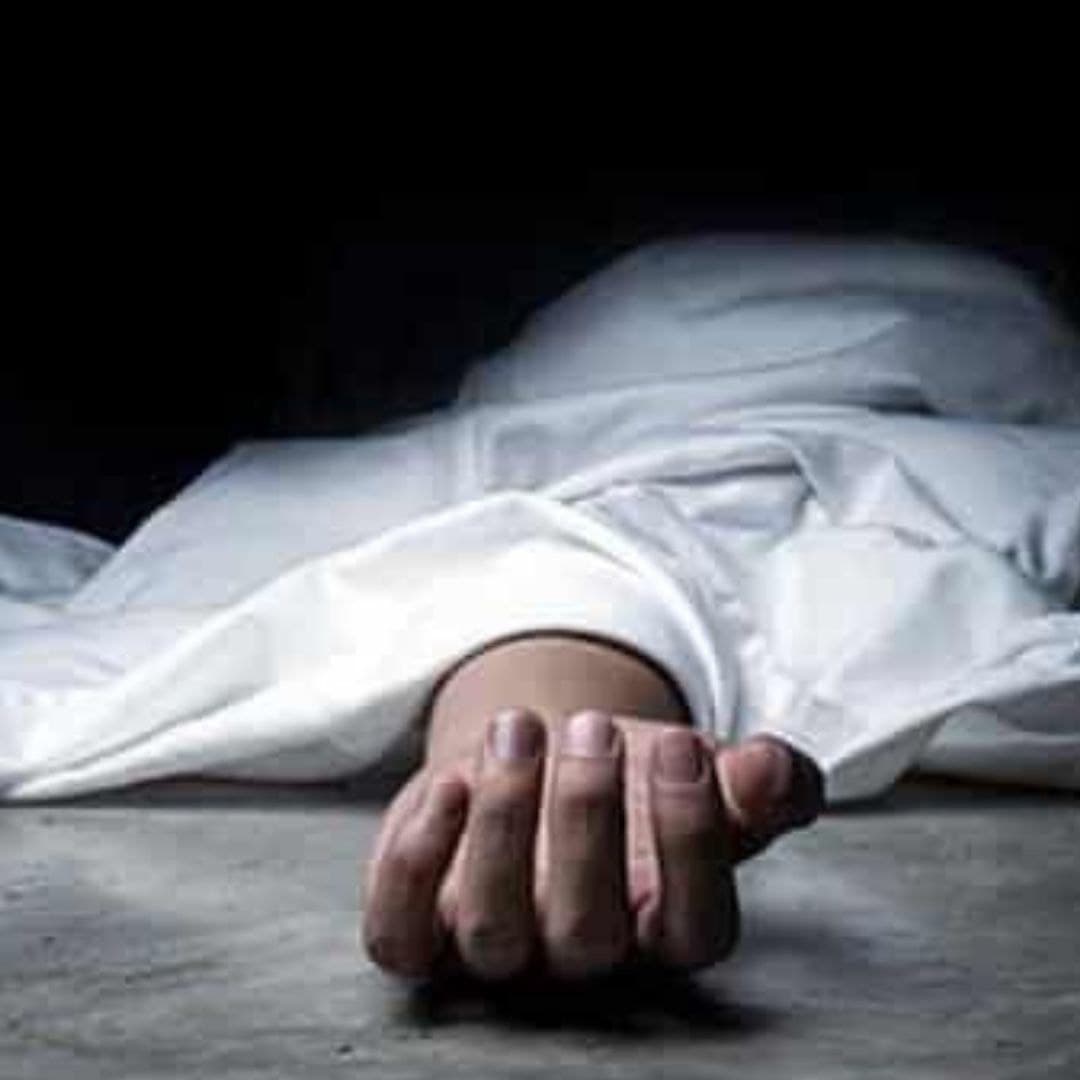
Image Credit: Hindustan Times
Spike In Number Of Suicides During Second Wave Of COVID: Study
Writer: Madhusree Goswami
A mountain girl trying to make it big in the city. She loves to travel and explore and hence keen on doing on-ground stories. Giving the crux of the matter through her editing skills is her way to pay back the journalism its due credit.
Delhi, 9 Sep 2021 8:44 AM GMT | Updated 9 Sep 2021 8:50 AM GMT
Editor : Ankita Singh |
A literature lover who likes delving deeper into a wide range of societal issues and expresses her opinions about the same. Keeps looking for best-read recommendations while enjoying her coffee and tea.
Creatives : Madhusree Goswami
A mountain girl trying to make it big in the city. She loves to travel and explore and hence keen on doing on-ground stories. Giving the crux of the matter through her editing skills is her way to pay back the journalism its due credit.
A study by a private hospital in Delhi has found that there has been a rise in cases of anxiety and depression among people during the COVID-19 pandemic, especially during the second wave.
A study by a private hospital in Delhi has found that there has been a rise in cases of anxiety and depression among people during the COVID-19 pandemic. Such cases spiked particularly in the lockdown period following the first wave. The study was conducted by Max Super Speciality Hospital, Saket, on 1,211 individuals from the general population during the first wave of COVID-19.
About 55 per cent had significant anxiety symptoms and over one-fourth experienced depressive symptoms. The online survey was conducted to evaluate the awareness, anxiety and depression symptoms among people in the country during the COVID-19 pandemic. A total of 1,211 responses were recorded out of which 1,069 responses were included in the analysis, according to the study published in the International Journal of Mental Health Systems.
"Nearly 27 per cent participants said they considered self-harm or suicide at least once, while three per cent indicated they had recurring thoughts. During lockdown, we received distress calls from patients and their families about anxiety, depression, and self-harm," said Dr Sameer Malhotra, Director and Head of Department of Mental Health and Behavioural Sciences at Max Super Speciality Hospital. He added that there has been a rise in cases of anxiety and depression, especially after the second wave as compared to the first wave.
The study found that of all the respondents, 44.6 per cent of them met the criteria for mild anxiety, 30.1 per cent for moderate anxiety 25.3 per cent for severe anxiety.
Knock-On Effects Of Economic Downturn
In the history of economic downturns, they have almost always been accompanied by suicides. With jobs gone and salaries halved, people are left to fend for themselves and often have little choice. After the stock market crash of 1929, the suicide rate in the United States (US) rose 50 per cent to 18.1 per 100,000 from 12.1 per 100,000 from 1920 to 1928 and stayed at 15.4 per 100,000 between 1930 and 1940.
The COVID-19 pandemic has disrupted or halted critical mental health services in 93 per cent of countries worldwide while the demand for mental health is increasing, according to a survey by World Health Organisation.
In May, Bengaluru-based National Institute of Mental Health and Neuro Sciences (NIMHANS) reported a 40 per cent spike in distress calls at the 24x7 helpline, since the second wave broke out.
 All section
All section














